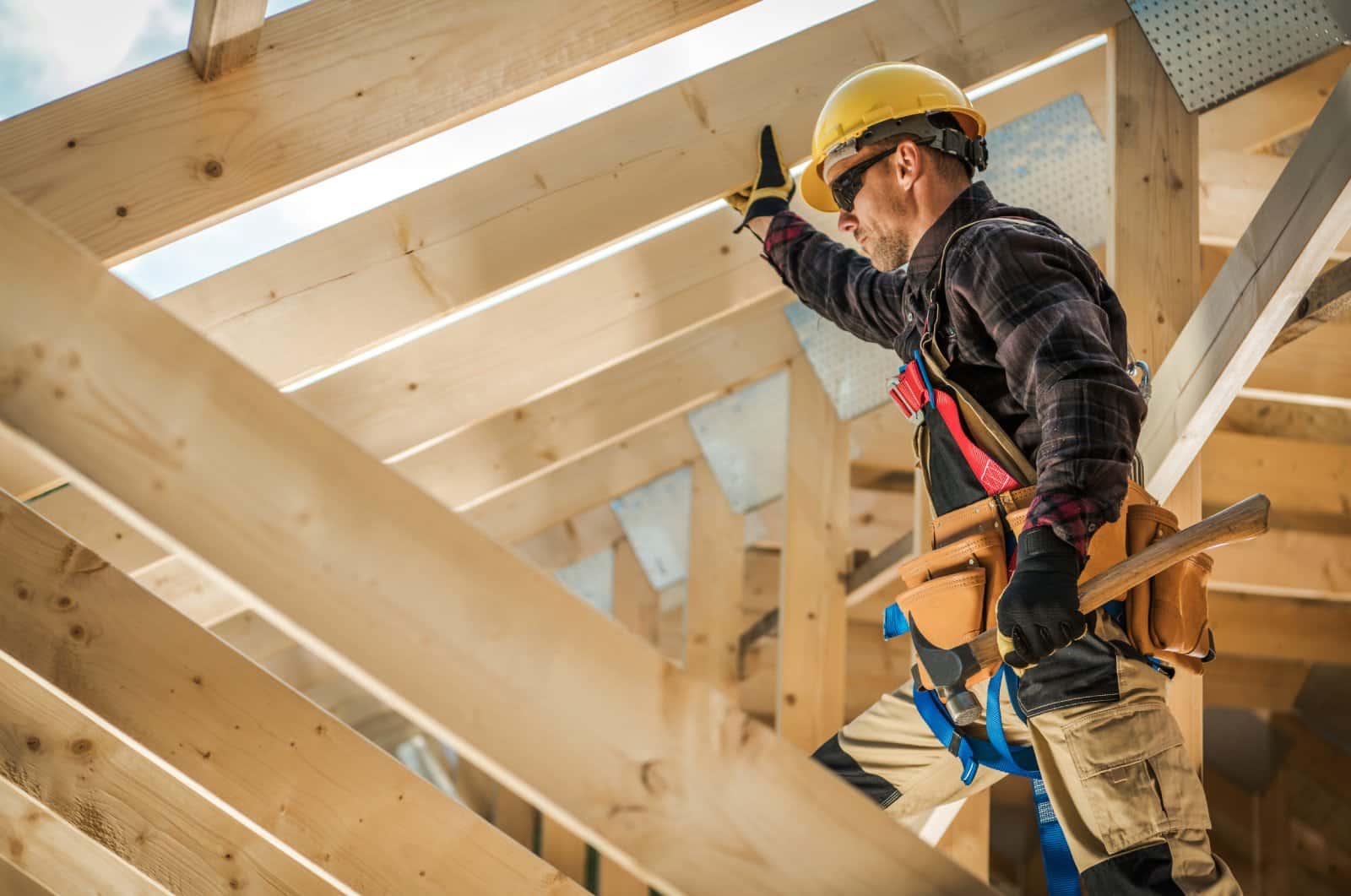Building your house takes planning, money, and lots of time and effort. It is a massive undertaking, and if not planned well, it could drain your bank account. What is the average cost for Americans to build their dream home?
Slow and for Some, No

Building a home isn’t always as easy as it sounds. While some people can manage all the aspects involved in the process, others cannot afford it.
The Economy Makes It Difficult

Given the status of the American economy, there is a lot of additional pressure and concerns when looking to build a new home. The Census Bureau and the Department of Housing and Urban Development said starts and permits to build new homes were down.
Permit Costs Lower

The Census Bureau also reported that permits fell from 1.44 million to 1.386 million. That might not sound like much, but it has a heavy impact on the house-building industry.
Starts Also Fell

As permits went down, so did starts. The Department of Housing and Bureau Development has also noticed a dip, in starts, going from 1.35 million to 1.28 million.
Inflation Affects Mortgage Rates

The U.S. housing economy has seen a rise in mortgage rates, making purchasing a home even more expensive. This phenomenon also impacts the price of building a home.
Lower on New Home Construction

Forbes Advisor has reported that new home builds were down by 9%, which is a direct result of slow property sales.
People Can’t Afford To Build

Americans are not keen on purchasing new homes, given the high rates, and building a home will be no less expensive.
2024 Rates Forcast Per Experts

Property experts predict various increases in rates for housing this year. The average predictions show rates between 6.5% and 7.5%.
Inflation To Blame

Rising rates and long-term high rates are tactics introduced by the Federal Reserve Bank (FED) to manage inflation until it is safe to bring it down.
Building Material Increased in Price

Building materials prices have also increased since the rate increase from inflation has a ripple effect on other industries. Building contractors have to spend more on materials and will charge more.
What is a Homeowner To Do?

Forbes Advisor says getting a good realtor to help you assess the purchase contract before buying the home is critical. When purchasing homes, additional costs might be added for materials used within the property, which are also rising.
Get Some of the Cost Confirmed Upfront

If you’re building your home, you can include some of the building costs and labor in the contract at the start of the project. This will give you a better idea of the expenses and could be part of the original quotations.
Quotations Might Change Depending on the Agreement

The price might not be the same on the original quotation as it is after the project is completed. Builders try to maintain the rising building costs throughout their projects by introducing extra fees in case they need to pay more.
Surprise Extra Fees

When the homeowner agrees to the terms, the contractors can revise the prices of the materials throughout the job to accommodate the project. The homeowner risks facing ever-changing prices and going over budget.
Build Quotation Prices Not Always What They Seem

The senior manager of financial planning at SoFi, Brian Walsh, told Forbes Advisor that he wanted to do a home reno and thought the budget would suffice. However, he saw that the completed contract quote with the reno would be about 20% more than the original one.
What Some Building Contractors Say

New Jersey General Contractors and Builders CEO, Mickeal Soliman, said that lumber prices are unpredictable and affects home sales.
“…start telling people that the cost of their build is going to rise because lumber prices are rising, they start asking questions and getting worried…. Now we just build new homes, and the price is the price when its done,” he told Forbes.
Builders Worry About Massive Lumber Costs

Contractors like Soliman have seen the price of materials skyrocket in a short timeframe. Lumber is one of the materials that are terrifying to purchase and sell to clients because of the astronomical prices.
How Much Is Lumber

Lumber had cost around $700 per thousand board feet in January 2024, but it took a massive hike, doubling in price in just three months. By May, lumber had cost an estimated $1,400, and later that year, it had come down by 20%. Still, its highest rate was over $1,600.
Builders Are Not Keen To Start New Projects

While the prices affect the American home buyer, the costs also directly affect contractors. According to a senior economist at Zillow, building new homes slowed down because of the uncertainty of rates affecting everything else.
Hoping in Vain?

What does it cost to build a home in America? The prices all depend on the state of the economy and for some, that’s just too much. For now, American homeowners and businesses wait in anticipation for the FED to reduce rates so that the cost of living can be a bit easier to cope with.
23 Steep Taxes Adding to California Residents’ Burden

California: a place of sunshine, innovation, and, unfortunately, some of the nation’s highest taxes. From LA’s beaches to Silicon Valley’s tech hubs, residents grapple with a maze of state taxes. Here’s a glance at 23 taxes that might surprise both Californians and outsiders. 23 Steep Taxes Adding to California Residents’ Burden
Cash in on Nostalgia: 21 Toys Now Worth a Fortune

Time to dust off the boxes and find that once-cherished toy from your childhood. For collectors and enthusiasts, these items have become valued objects, and they can be worth big bucks – are there any of these in your attic? Cash in on Nostalgia: 21 Toys Now Worth a Fortune
Millennials Don’t Buy These 19 Products Anymore

Millennials are changing consumer habits, quietly replacing once-staple products and traditions. Often criticized for their disruptive preferences, this generation is reshaping the marketplace with digital expertise, ethical buying, and a taste for the unconventional. Millennials Don’t Buy These 19 Products Anymore
Featured Image Credit: Shutterstock / BELL KA PANG.
The content of this article is for informational purposes only and does not constitute or replace professional financial advice.
